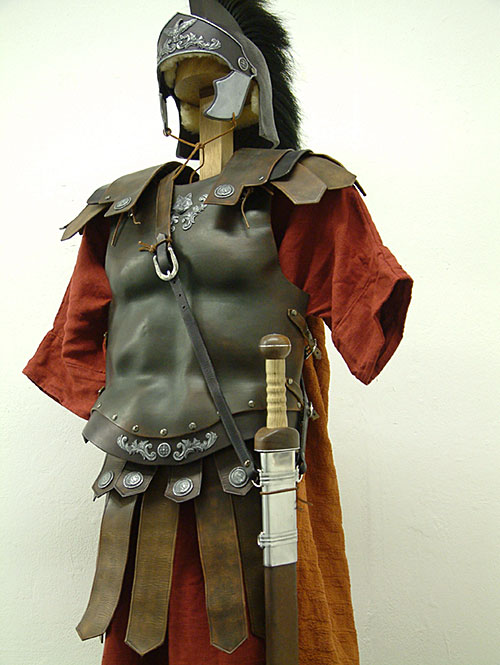Stamp: Haniwa Helmet (excavated from the Itasuke Kofun) (Japan 2020)
Haniwa Helmet (excavated from the Itasuke Kofun) (Japan 2020)
08 July (Japan ) within release World Heritage (3rd Series) - 13: Mozu-Furuichi Kofun Group goes into circulation Stamp Haniwa Helmet (excavated from the Itasuke Kofun) face value 84 Japanese yen
| Stamp Haniwa Helmet (excavated from the Itasuke Kofun) in catalogues | |
|---|---|
| Colnect codes: | Col: JP 2020-25c |
Stamp is horizontal format.
stamp from mini-sheetAlso in the issue World Heritage (3rd Series) - 13: Mozu-Furuichi Kofun Group:
- Mini Sheet - Mozu-Furuichi Tumulus World Heritage Site face value 10*84;
- Stamp - Emperor Nintoku Kofun face value 84;
- Stamp - Emperor Richū Kofun face value 84;
- Stamp - Haniwa Helmet (excavated from the Itasuke Kofun) face value 84;
- Stamp - Itasuke Kofun face value 84;
- Stamp - Gobyōyama Kofun face value 84;
- Stamp - Emperor Ōjin Kofun face value 84;
- Stamp - Nakatsuhime-no-Mikoto Kofun face value 84;
- Stamp - Waterfowl-shaped Haniwa (from the Tsudō Shiroyama Kofun) face value 84;
- Stamp - Emperor Chūai Kofun face value 84;
- Stamp - “Hakuchōryō” Kofun face value 84;
Stamp Haniwa Helmet (excavated from the Itasuke Kofun) it reflects the thematic directions:
Archaeology or archeology[a] is the study of human activity through the recovery and analysis of material culture. The archaeological record consists of artifacts, architecture, biofacts or ecofacts, sites, and cultural landscapes. Archaeology can be considered both a social science and a branch of the humanities. It is usually considered an independent academic discipline, but may also be classified as part of anthropology (in North America – the four-field approach), history or geography
Armour (Commonwealth English) or armor (American English; see spelling differences) is a covering used to protect an object, individual, or vehicle from physical injury or damage, especially direct contact weapons or projectiles during combat, or from a potentially dangerous environment or activity (e.g. cycling, construction sites, etc.). Personal armour is used to protect soldiers and war animals. Vehicle armour is used on warships, armoured fighting vehicles, and some combat aircraft, mostly ground attack aircraft.


